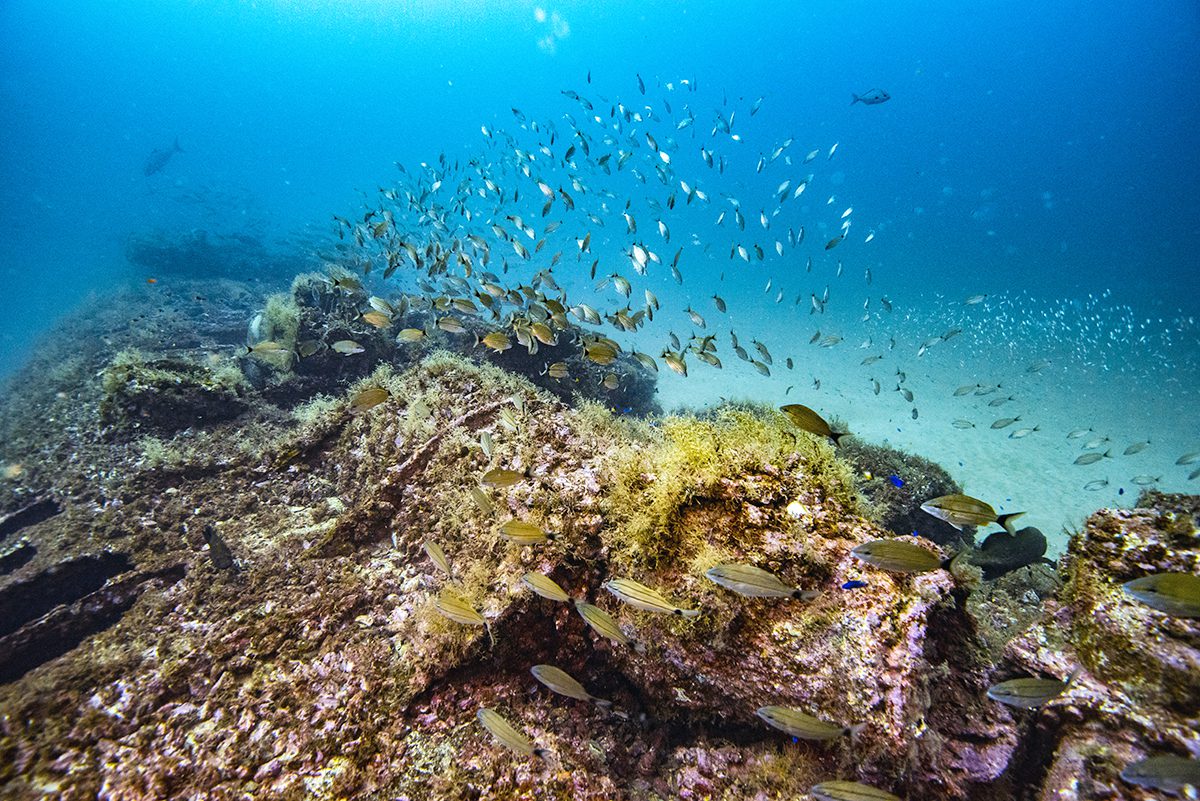Monitor National Marine Sanctuary is the site of the wreck of the USS Monitor, one of the most famous shipwrecks in U.S. history. It was designated as the country’s first national marine sanctuary on January 30, 1975, and is one of only two of the sixteen national marine sanctuaries created to protect a cultural resource rather than a natural resource.
The sanctuary comprises a column of water 1 nautical mile (1.9 km) in diameter extending from the ocean’s surface to the seabed around the wreck of the Civil War ironclad, which lies 16 nautical miles (30 km) south-southeast of Cape Hatteras, North Carolina. Average water depth in the sanctuary is 230 feet (70 m). Since its sinking in 1862, the Monitor has become an artificial reef attracting numerous fish species, including amberjack, black sea-bass, oyster toadfish and great barracuda.

The waters off coastal North Carolina contain some of the most significant shipwrecks in the United States. Many of the shipwrecks in the region represent World War II’s Battle of the Atlantic, the closest area of conflict to the continental United States. Explore the wreck sites and discover why these shipwrecks are important not only to North Carolina, but to our nation’s maritime heritage as well.
Off the coast of North Carolina lies the remains of a forgotten World War II battlefield that serves as the final resting place for nearly 1,700 men lost during the Battle of the Atlantic. After years of archaeological research and public input, NOAA has proposed to expand Monitor National Marine Sanctuary to include this significant collection of historic shipwreck sites off the North Carolina coast.
According to monitor.noaa.gov; en.wikipedia.org. Source of photo: internet





![[HONORARY PROFESSOR OF RECORD FOR PRACTICE AND EMPIRICAL RESULTS – 2024] RECORD HOLDER CHU BAO QUE (BAC GIANG PROVINCE, VIETNAM)](https://uskings.us/wp-content/uploads/2024/05/IMG_0386-218x150.jpg)


